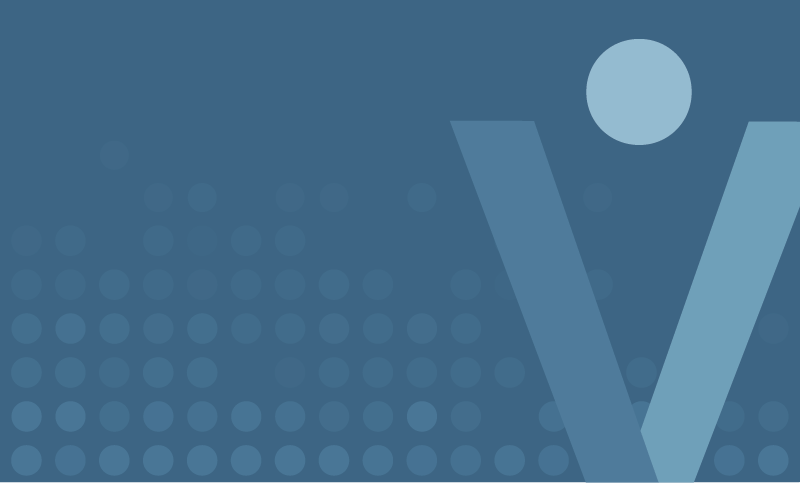As seen on Healthcare IT Today.
Yesterday we shared 6 EHR optimization tips with you. Today, we’re going to look at the ecosystem of technology that interacts with the EHR and makes the EHR experience better (or worse if done wrong). It’s easy to talk about optimizing the EHR as just configuring the EHR setting and workflows, but EHR software these days now integrates with often hundreds of other systems. If we’re going to optimize the EHR experience, we’re going to have to integrate the right add-on products and make sure those integrations are done the right way.
Here are just a few examples members of the Healthcare IT Today community shared with us when it comes to the downstream impacts of EHR optimization and the need to properly integrate with other solutions.
Dr. Kikelomo (Dayo) Belizaire, Chief Medical Officer at Pegasystems
When EHRs are not optimized, siloes ensue and breakdown in communication across staff and providers occur, which in turn results in a fractured health ecosystem that culminates in poor patient outcomes. Additionally, an arduous and cumbersome EHR can exacerbate time pressures and inefficiencies that result in both staff and physician burnout. More administrative work takes the focus away from care delivery and can cause gaps in care. Patient safety is of the utmost importance but is at risk when providers are bogged down by inefficient EHRs.
Jon-Michael Smith, Head of Healthcare & Life Science Analytics – Data Integration at Qlik
At the end of the day through a bit of common sense, one can make the case that only through proper EHR optimization can health systems use their data accurately. Most of what hospitals are calling EMR optimization isn’t really optimization in the dictionary sense: most hospitals are actually doing remediation of technical flaws not fixed in the initial implementation and defining and rolling out deeper clinical content to deliver actionable data insights. So, improved information technology in the healthcare digital care community is critical for healthcare data integrity and all of the clinical analytics, population health management, and personalized care activities that should all flow together.
Diane Bartoli, Vice President & General Manager at epocrates
One of the easiest-and most significant-ways that clinicians can begin to augment the existing information EHRs offer is to also simultaneously utilize medical reference platforms that leverage mobile applications and web-based resources.
Wayne Hass, Director of Revenue Cycle Operations at R1 RCM
EHR optimization can take many forms and have far-reaching impacts on not only clinical performance, but also financial performance and ultimately, the patient experience. One example of how technology impacts the intersection of clinical and financial processes is ensuring that patient encounters progress to claim generation as quickly as possible.
If the EHR is not set up correctly, claim generation may be delayed or not occur at all, resulting in delayed reimbursement and late patient bills. Improper EHR configurations can also create claim rework, which drives up costs; allow missed charges, which reduces revenue; and introduce compliance risks – all of which can have a negative impact on physician satisfaction and patient experience.
Kyle Kiser, CEO at Arrive Health (formerly RxRevu)
To optimize the EHR, we must provide physicians and patients access to the data they need to make informed decisions about their care. That includes real-time cost and coverage information for prescriptions, as well as actionable prompts for gaps-in-care, prior authorization, and lower-cost alternatives.
Zach Evans, Chief Technology Officer at XSOLIS
EHR optimization should be about bringing together the right data, at the right time, to present to the right members of the care team – some of which may exist outside of the walls of the hospital. Optimization means breaking down barriers – especially between providers and payers – that can impact the patient.
Lucia Savage, Health Chief Privacy and Regulatory Officer at Omada
One point of the federal rules on information blocking and interoperability was to cause EHR optimization. There was a strong sentiment in Congress in 2016 that “we paid billions and this was all we got for it?” If providers weren’t able to effectively access and exchange health information on their patients, it limits the provider’s ability to give appropriate care recommendations and potentially limits a patients’ ability to access healthcare at the standard that they need and deserve.
Fast forward to today, 6 years later, and the optimal use of EHRs is actually necessary to take advantage of advances in how digital tools can be effectively used for high quality, lower cost healthcare, with the information necessary to fill gaps in care in real time. With optimal use, a provider should not have to wait 30, 60, 90 days to get critical care stream information.
For example, interoperability allows a PCP and a DSMT org like Omada have the same access to real time results from a patient’s continuous glucose monitor, or to see a prescription that was written by an endocrinologist that may impact the rest of the patient’s care. We need EHR optimization so the human care professionals we have can focus on caring for people who need it most. Unoptimized EHR use also burdens the patient, who should not have to arrive for a long-awaited specialty oncology consult only to be told that their records did not precede them.
Robert DiFalco, Chief Technology Officer at Bright.md
Health systems adopted multiple virtual care solutions during the pandemic and now have data scattered across platforms. EHRs should enable integration of these systems to ensure patient records are complete and up-to-date to better continuity of care and outcomes. As healthcare executives continue evaluating what tools are valuable long-term, it’s critical to ensure tools integrate with EHRs and with each other so internal teams don’t have to juggle several workflows to care for a single patient.
The big takeaway here is that EHR optimization is one thing that can have a massive impact for good or bad. However, the EHR is no longer one system. The EHR is connected and tied to multiple systems. The integrations between the two have a massive influence on the EHR experience. Plus, not integrating with certain outside systems can lead to a less than satisfactory experience for users as well. The EHR ecosystem is important to any EHR optimization effort.
Written by John Lynn:
John Lynn is the Founder of HealthcareScene.com, a network of leading Healthcare IT resources. The flagship blog, Healthcare IT Today, contains over 13,000 articles with over half of the articles written by John. These EMR and Healthcare IT related articles have been viewed over 20 million times. John manages Healthcare IT Central, the leading career Health IT job board. He also organizes the first of its kind conference and community focused on healthcare marketing, Healthcare and IT Marketing Conference, and a healthcare IT conference, EXPO.health, focused on practical healthcare IT innovation. John is an advisor to multiple healthcare IT companies. John is highly involved in social media, and in addition to his blogs can be found on Twitter: @techguy.

